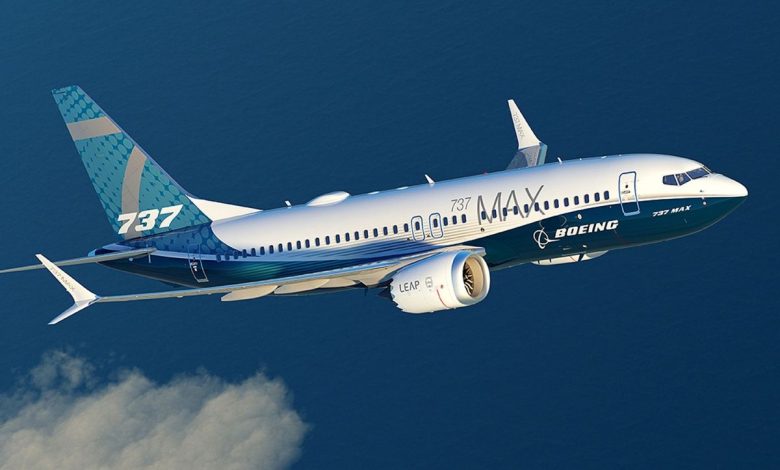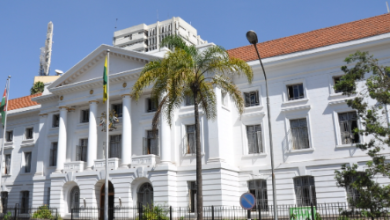Airlines Worldwide Continue to Reel from Boeing’s Troubles

On 10 March 2019, Ethiopian Airlines Flight 302 was a scheduled international passenger flight from Bole International Airport in Addis Ababa, Ethiopia, to Jomo Kenyatta International Airport in Nairobi, Kenya.
The Boeing 737 MAX 8 aircraft, which operated the flight, crashed near the town of Bishoftu six minutes after takeoff, killing all 157 people aboard.This was the second MAX 8 accident in less than five months after the crash of Lion Air Flight 610 in the Java Sea. The crashes prompted a two-year worldwide long term grounding of the jet and an investigation into how the aircraft was approved for passenger service.Fast forward to March 21, 2022, a China Eastern Boeing 737-800 crashed in southern China killing all 123 on board. This twin-engine plane, part of a fleet that was in use since 2015, reportedly went down in a forested area minutes after something went wrong following a deep dive from about 30,000 feet, according to FlightRadar24.com, a flight-tracking data website.
And in January this year, one Boeing 737 MAX 9 plane operated by Alaska Airlines lost part of its fuselage mid-flight during a journey from Portland to Ontario. Although the aircraft was able to land safely and there were no injuries, the incident renewed safety concerns about Boeing planes.
Safety Hurdles for BoeingAfter the Ethiopian Airlines March 10 21019 incident, the Boeing 737 MAX passenger airliner was grounded worldwide between March 2019 and December 2020 – longer in many jurisdictions.
The Federal Aviation Administration (FAA) initially affirmed the MAX’s continued airworthiness, claiming to have insufficient evidence of accident similarities. But by March 13, the FAA followed behind 51 concerned regulators in deciding to ground the aircraft.
By March 18, every single Boeing 737 MAX plane (387 in total) had been grounded, which affected 8,600 weekly flights operated by 59 airlines across the globe.
The FAA also imposed a limit on the number of 737 Max jets Boeing can produce each month until the agency can ensure the company is following its own quality control procedures.
As a result of these safety hurdles, the company has run into delays as it seeks FAA certification of the 737 Max 10 under a new process in which the regulators are more deeply involved in scrutinizing Boeing.
On November 18, 2020, the FAA ended the 20-month grounding, the longest ever of a U.S. airliner. The accidents and grounding cost Boeing an estimated $20 billion in fines, compensation, and legal fees, with indirect losses of more than $60 billion from 1,200 cancelled orders. The MAX resumed commercial flights in the U.S. in December 2020, and was recertified in Europe and Canada by January 2021.
However, in January 2024, the FAA grounded some 171 Boeing 737 MAX 9s with a configuration similar to that of Alaska Airlines Flight 1282.
Effect of Boeing’s Troubles on AirlinesDespite the March 2019 accident, Ethiopian Airlines remains one of Boeing’s most significant partners in Africa. In November last year, Ethiopian Airlines announced that it had agreed to order eleven 787 Dreamliner and twenty 737 MAX 8 planes from Boeing, with the option of purchasing more of both models at a later date, in what is the largest-ever purchase of Boeing planes from an airline in Africa. Ethiopian Airlines already operates the largest Dreamliner fleet in Africa.
However, this is not the case for other airlines worldwide.
After three years of scrambling to hire and train pilots, United Airlines is encouraging its aviators to take unpaid time off next month, the latest example of how woes at Boeing — including delays in aircraft delivery — are rippling through the aviation industry.
Production limits imposed on Boeing after a piece of the wall blew off an Alaska Airlines plane midflight in January are in part responsible for the delays, which are forcing carriers to halt hiring and rethink schedules even as demand for air travel remains robust.
Alaska previously said the grounding of the 737 Max 9 following January’s blowout incident cost it an estimated $150 million. Alaska Airlines announced in a filing in April that it received a US$ 160 million cash payment from Boeing in compensation for lost revenues stemming from the incident.
The airline acknowledged that it lost some bookings following the accident.
“As you know, United has hundreds of new planes on order and while we remain on a path to be the fastest growing airline in the industry, we just won’t grow as fast as we thought we would in 2024 due to continued delays at Boeing,” the carrier said in a memo to employees. “For example, we had contractual deliveries for 80 Max 10s this year alone — but those aircraft aren’t even certified yet and it’s impossible to know when they will arrive.”
Southwest Airlines, which operates an all-Boeing fleet, had anticipated receiving 58 Boeing 737 Max 8 aircraft but will instead receive 46. Boeing’s continued challenges, Southwest said in a regulatory filing, may require it to reduce the number of seats it offers and rethink its capital spending program, which includes investments in aircraft and technology upgrades.
As a result, Southwest said it would pause hiring, including for pilots and flight attendants, as it revamps its schedule for the second half of the year.
Ryanair has also warned that delays to new aircraft deliveries will push up prices for passengers in Europe this summer.
See Also:
American Airlines Orders 85 Boeing 737 Max 10 Despite Failed FAA Tests



